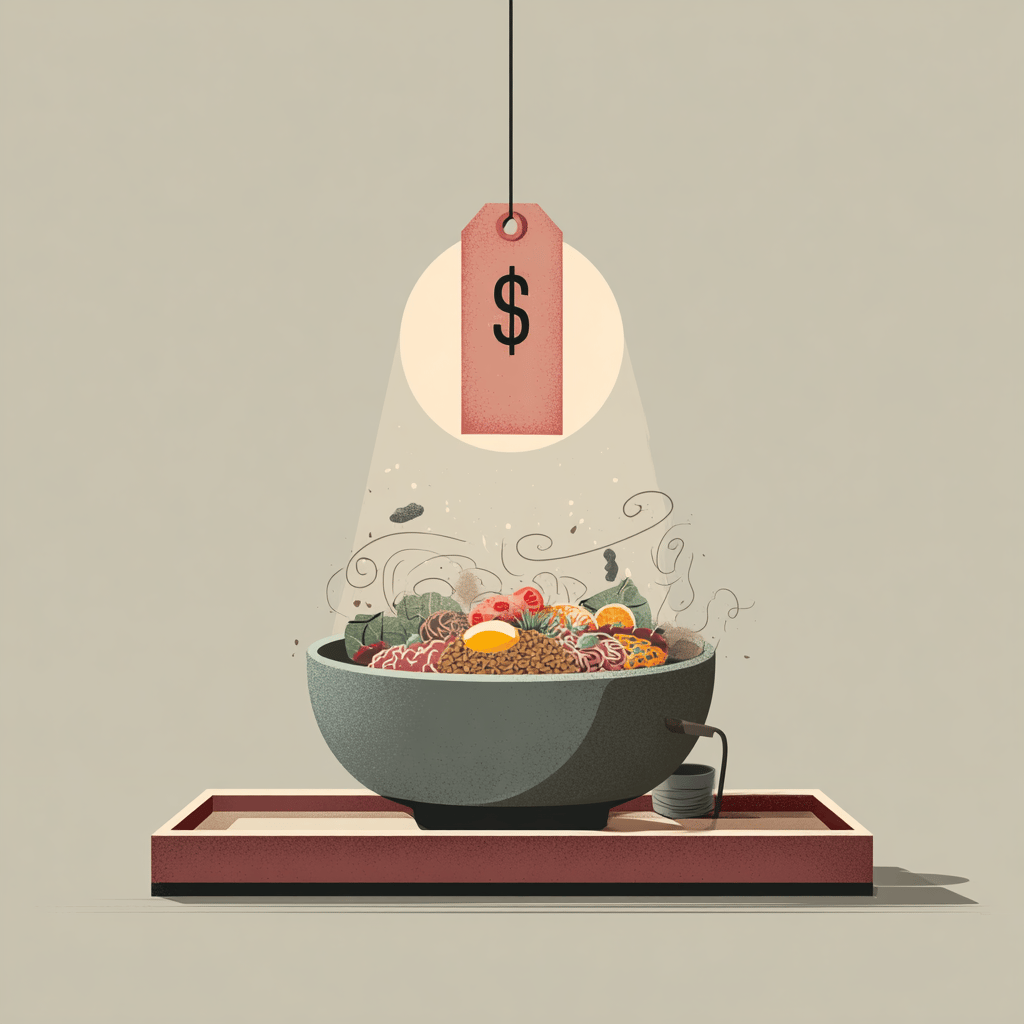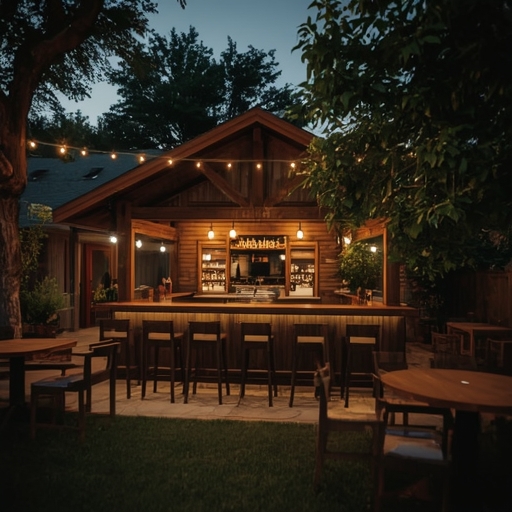In conversations about the return to office life, the spotlight usually falls on maddening commutes or the familiar dramas of difficult coworkers. Yet a subtler, and in many ways more astonishing, development has become impossible to overlook: the staggering cost of the once-humble lunch bowl. What were once marketed as modest, practical midday meal options—essentially bowls packed with greens, grains, proteins, and a handful of toppings—have now become unexpectedly extravagant. The very colloquial nickname that employees have assigned them, “slop bowls,” suggests affordability and unpretentiousness, yet reality tells a different story. It is becoming increasingly common to spend $20–$25 on a simple weekday lunch, only to encounter a joyless assortment of ingredients that hardly justify such an outlay. At that moment, as one weighs the disappointment of a flavorless salad or mediocre grain bowl against its exorbitant price, it is not unusual to daydream about abandoning the corporate grind altogether, wishing for an alternative—something as extreme as finding a benefactor or simply escaping this treadmill of overpriced mediocrity. Shouldn’t such a price tag at least guarantee table service, sparkling water, or even a glass of wine?
The phenomenon takes center stage most visibly in the realm of so‑called “fast‑casual” dining—chains that fall between fast food and sit‑down restaurants and that, throughout the 2010s, enjoyed explosive popularity. Brands like Chipotle, Sweetgreen, and Cava became nearly unavoidable in American metropolitan areas. Their outlets sprawled across business districts, offering what was marketed as a fresher, lighter, and ostensibly healthier version of quick service meals. Yet the tide has turned. Not only are these establishments now being mockingly dubbed “slop bowl factories,” but foot traffic data clearly show waning customer enthusiasm. Their financial performance has faltered, and share prices have slid. Commentators have put forth a range of potential explanations: some cite the broader fragility of the U.S. economy, others point to structural issues unique to major Democratic-led cities or the decline of tourism and immigration. A less highbrow but persistent theory is also circulating: perhaps the true culprit is something as prosaic as shrinking guacamole servings.
The fundamental problem, however, is simpler: customers sense that these bowls no longer deliver sufficient value for their cost. When the price of a self‑assembled salad or burrito bowl rivals that of a sit‑down meal, diners begin to reconsider their options. If the cost difference between a cafeteria-style bowl and a full-service restaurant meal is narrowing to only a few dollars, then why not choose the latter, which offers comfort, ambience, and the attentiveness of waitstaff? Indeed, traditional casual dining spots are starting to appear comparatively attractive. Chains like Chili’s have harnessed aggressive pricing strategies and dealt striking blows to their fast-casual competitors, offering multi-course meal deals for less than the price of a standard Sweetgreen salad.
The original pitch of this dining category was clever in its simplicity: a diner could purchase food that was fresher and healthier than typical fast food, at a level of affordability that felt accessible to young professionals. A Chipotle burrito was meant to bridge the gap between Taco Bell and fine Mexican dining: fresher than the former, decidedly cheaper than the latter. Sweetgreen, meanwhile, became synonymous with urban health consciousness, a meeting ground for yoga practitioners in designer athletic apparel, while Cava provided a Mediterranean spin that allowed office workers, for at least fifteen minutes, to fantasize they were somewhere far from their cubicles. At their peak, these chains captured cultural cachet—they weren’t just lunch, they were part of an aspirational lifestyle. But today the trends that propelled them have shifted: boutique workout studios like Flywheel are gone, Taco Bell has regained cultural traction, and economic pressures have heightened consumers’ sensitivity to price across the board.
Further exacerbating the problem are issues of perceived stinginess in portion sizes. Numerous customers complain that servings at Chipotle or Sweetgreen simply feel smaller, even if the corporations insist otherwise. The internet is filled with memes mocking the laughably tiny scoops of guacamole and short rations of protein. Once, a Chipotle burrito bowl was iconic for its enormity; now patrons debate strategies for coaxing an employee into adding an extra ladle of chicken. This perception—whether objectively true or not—undermines the sense of value that once justified paying a higher price than traditional fast food. Analysts note that in the post‑pandemic economy, menu prices continued to climb beyond inflationary necessity, yet operators seem unwilling to reverse them. For consumers who are already bristling at inflation in rents, groceries, and transport, this double frustration—rising prices and shrinking portions—has reached a breaking point.
Marketing strategy has not helped matters. Last year, menu innovations such as new protein options temporarily reinvigorated interest. Yet this year has been comparatively lackluster. Without exciting launches or limited‑time offerings that create buzz, consumers are left unmotivated to pay inflated prices for meals they know all too well. The result is a decline not just in revenue but in cultural relevance. These restaurants feel interchangeable, uninspired, mass‑produced. For many office workers, what once felt indulgent now resembles the cafeteria lunch of their high school days, served with a conveyor-belt monotony that strips away any illusion of novelty or pleasure.
Unsurprisingly, social media reveals an abundance of strong, often humorous, reactions. Some customers voice nostalgia for the chains, admitting to recreating their bowls at home, while others now lampoon them with hashtags calling for their demise. These conversations highlight an important truth: the chains are no longer cool. People are more inclined to prepare their bowls themselves at a fraction of the cost, especially given the simplicity of purchasing grains, greens, and proteins from a supermarket. And while dining out is often meant to be a treat or experience, fast‑casual bowls present themselves as neither. They are too expensive to be justified as everyday staples, and too dreary to count as an indulgence.
Analysts emphasize that restaurants thrive when they present a persuasive value proposition, and it is precisely here that these chains have faltered. As one industry expert notes, consumers scrutinize their receipts and question whether a burrito bowl truly merits a $25 charge when only a slightly higher amount could secure a table, a server, and a more satisfying sense of occasion at a casual dining establishment. Indeed, brands such as Chili’s, Olive Garden, and The Cheesecake Factory have recently experienced resurgences, rejuvenating appeal by offering packages and deals that anchor themselves firmly in perceived affordability without sacrificing enjoyment.
Nevertheless, it would be premature to declare the end of the fast-casual bowl entirely. These restaurants continue to serve a sizeable customer base, and some diners still find comfort in the relative healthfulness and convenience they provide. Yet what has indisputably ended is their moment of cultural dominance. The aura of novelty, the sense of belonging to a food movement that defined millennial dining habits in urban centers, has dissipated. As the broader dining landscape reshapes itself in response to consumer priorities, these establishments will have to contend with the uncomfortable reality that they are now just another option in a crowded field—no longer fashionable, no longer novel, and, for many, not worth the price of admission.
In this evolving environment, the central question remains: when lunch costs near fine‑dining prices, what do consumers desire most—speed, health, or an experience that feels memorable and worthwhile? Until the fast‑casual bowl industry can deliver a convincing answer, it will continue to lose ground to restaurants that respond more precisely to diners’ craving for both value and satisfaction.
Sourse: https://www.businessinsider.com/slop-bowl-slowdown-chipotle-cava-sweetgreen-sales-struggling-rto-prices-2025-8



